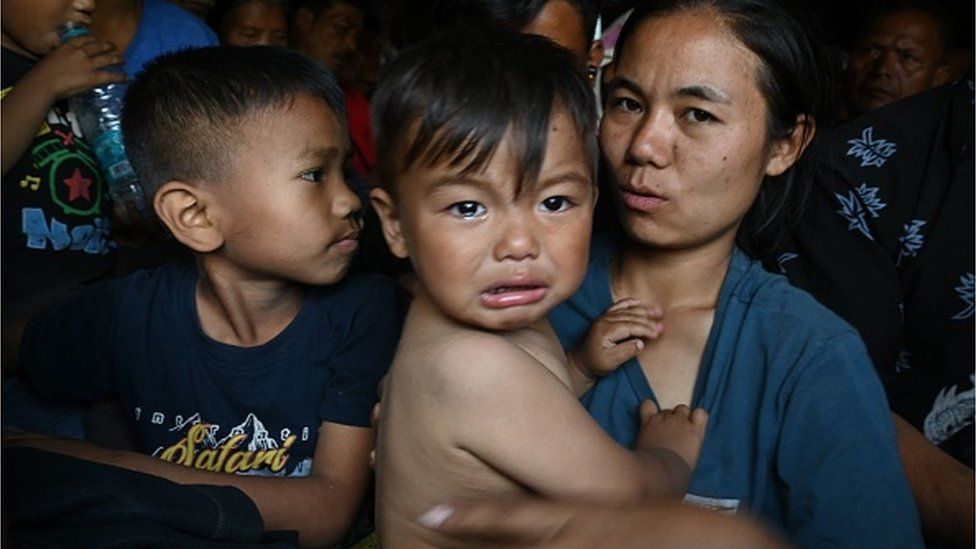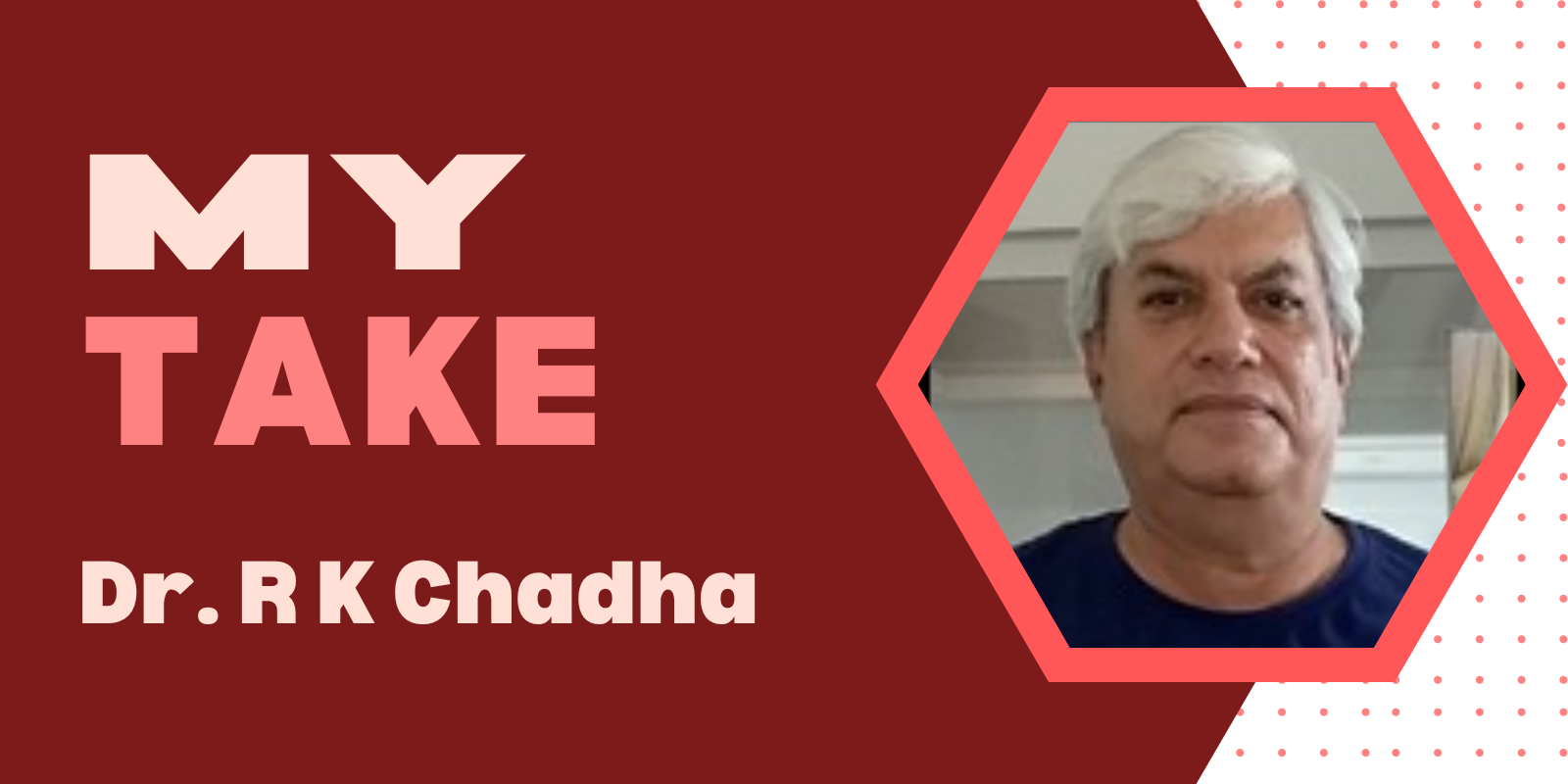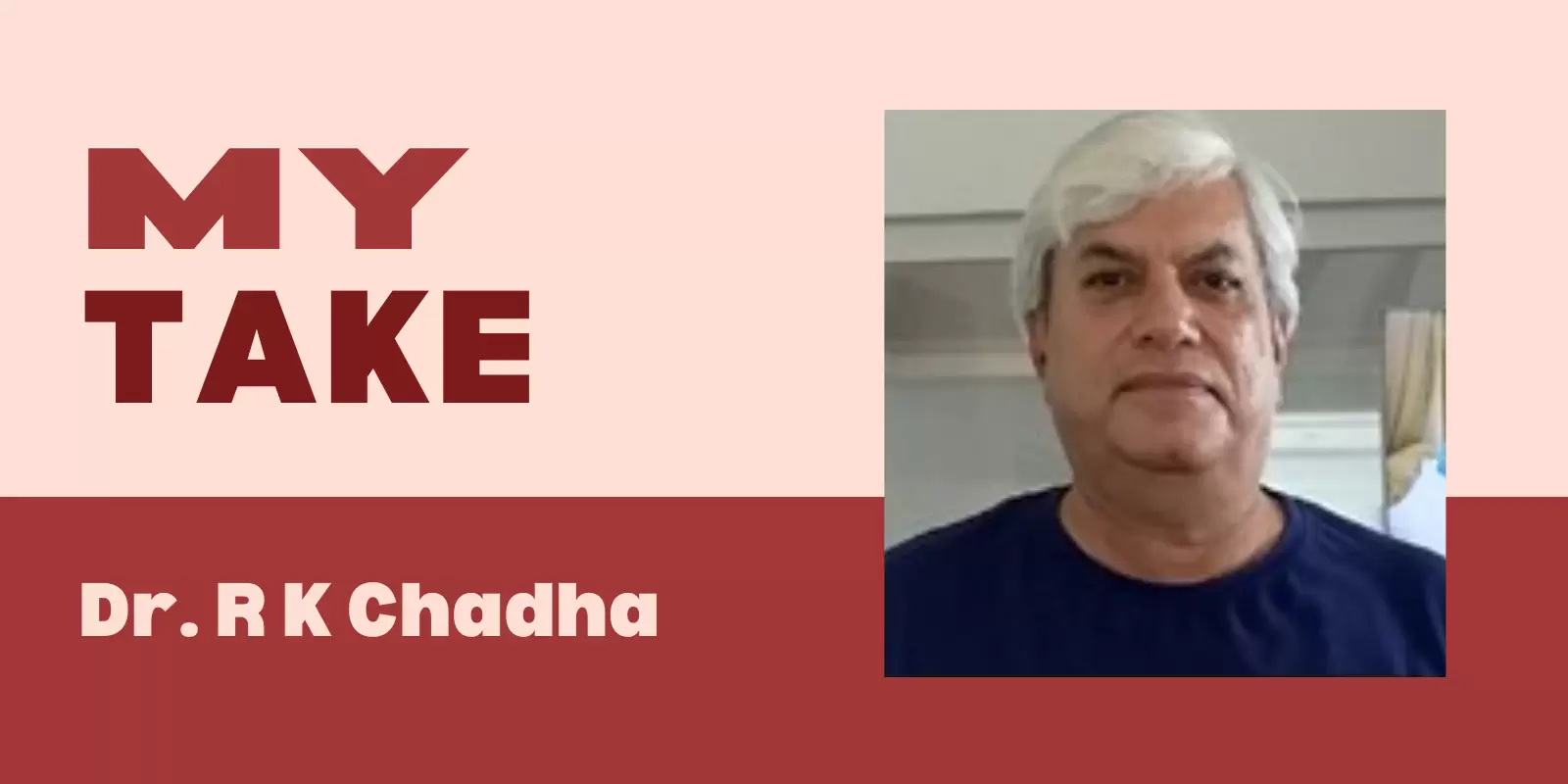Violence in Manipur is not a new phenomenon owing to its complex demographic structure of over 30 different tribes divided into ethnicities and religious lines, militant insurgency and illegal immigration from Myanmar, poppy cultivation, drug trafficking, and gun-running gangs with local political protection. It is virtually a tinderbox waiting to be ignited along these fault lines.
Meiteis and Nagas are the indigenous ethnic groups known to have lived in harmony in Manipur for a long; the former being dominantly Hindus and later Christians, converted since Britisher’s time. Kukis, on the other hand, are later settlers converted to Christianity, arriving in waves in Manipur from Myanmar according to the National Socialist Council of Nagaland.
Since the 1980s illegal immigration of Kukis increased several folds that changed the demography of the bordering states of Churachandpur and Chandel districts. These illegal migrants are involved in poppy cultivation in reserved forestland and indulge in drug trafficking while the Muslim (called Pangals) migrants from Bangladesh dominate and control the gun-running racket. The illegal Kukis immigrants have become so dominant in the last four decades that they are now demanding a “Kuki Land” carved out of Manipur and parts of Nagaland
Over the last few decades, illegal Kukiimmigrants occupying several hill districts of Manipur have systematically pushed out the majority Hindu Meiteis from these districts to the narrow valley of Imphal either by coercion, forcing them to sell their lands under duress using drug money and creating a terror atmosphere. This has created an uneasy calm, unrest, and animosity between these two ethnic groups. After BJP came to power in 2017 ending the appeasement politics of the earlier government in Manipur, a drive to stop illegal poppy cultivation and eviction of illegal Kuki migrants settled in reserved forest was taken up on a war footing.
This onslaught of the BJP government affected the interests of the drug mafia, gunrunners, and the powerful local lobby. Later, in 2022 when the ruling BJP got a majority on its own, N Biren Singh, the Chief Minister declared a “War on Drugs” and destroyed more than 4300 acres of illegal poppy cultivation and intensified efforts to weed out illegal immigrants from Myanmar and Bangladesh by announcing a “house-to-house survey” in October 2022.

The sustained efforts of the BJP Chief Minister to bring peace in the state and free people from the clutches of druglords, gun runners, militant insurgents, and other anti-Indian forces created uneasiness amongst these criminal lobbies; they were biding their time to hit back. Manipur was sitting on a powder keg waiting to be ignited. The opportunity came when Manipur high court directed the state government to submit a recommendation to the Union Ministry of Tribal Affairs to include Meiteis in the Scheduled Tribes (ST) list, a long-standing demand of Meiteis.
A student body called for a “Tribal Solidarity March” in all the Kuki-dominated hill districts to oppose the inclusion ofMeitei community in the ST list. This opportunity was grabbed with both hands by the criminal lobbies and anti-Indian forces that incited violence to oust the Manipur government. Home Minister Amit Shah visited Manipur and made sincere efforts to bring peace among warring factions but the anti-Indian lobby kept the pot boiling by harassing women, setting fire to villages, and spreading fake news to maintain the unrest.
Today, as I sit in the comfort zone of my home watching extreme violence in Manipur, it brings back memories, horrors, and nightmares of my personal experience in 1993 Manipur violence. I was in Manipur with a team of my scientist colleagues to implement a scientific project when clashes broke out in May between Pangals (Muslims) and Meiteis (Hindus) claiming more than 100 lives and leaving thousands homeless. I was immediately reminded of my earlier experience while working in Assam and Garo Hills in Meghalaya during the 1980s when the ULFA agitation rocked the state against illegal immigration from Bangladesh which changed the demography of bordering districts. The eerie feeling of watching dismembered dead bodies lying in the fields and along the roadside while we were being rescued from Manipur, still haunts me. We were trapped for a few days in the Guest House of Manipur University, Canchipur campus situated on Indo-Myanmar road on the outskirts of Imphal.
We were later rescued by the Indian army and put in busses, 40 km outside Imphalon on the way to Guwahati. One of my team members trapped in Churachandpur bordering Myanmar in the dominant Kuki community had a tough time saving his life for a month before he was finally rescued. I took a sigh of relief after his evacuation from the clutches of death.
Having experienced violence and being aware of ground realities in northeast India, I feel that the ongoing violence in Manipur since May 2023 is not just about opposition to granting ST status to Meiteis or atrocities on minority communities as is being projected; it has deeper roots. The prolonged and unabated violence is an indication that the violence is being funded by drug money, international terror funding, and arms supplies from our neighboring countries, especially China. The timing of the European Parliament resolution on Manipur violence when Prime Minister Narendra Modi was on a visit to France, “to protect all religious minorities, such as Manipur’s Christian community, and to pre-empt any further escalation” (sic)points towards an international attempt to defame a resurgent India and the Indian Prime Minister who is fast becoming a popular world leader.
It is high time that people in the country understand the pattern of the anti-India forces that provide funds to destabilize our border states. The modus operand follows a four steps model, i)exploit illegal immigration to change demography, ii) initiate drug peddling and arms smuggling to create chaos and unrest, iii) initiate separatist and secessionist movements and iv) hire media professionals and intellectuals from India with leftist ideology to give cover fire by making noises, both at national and international levels. We have seen this pattern in Kashmir and Punjab, and now this is being repeated in Manipur.

Elections in 2024 are fast approaching. People have to decide whether they want to go back to the idea of a fragmented India that was easily conquered by the invaders and looters from Arabia and later by Europeans or stand united as a nation under the present leadership of Narendra Modi. The choice is between a headless I.N.D.I.A, a conglomeration of a bunch of opportunist politicians practicing a policy of freebees and minority appeasement, or a leader who has taken the country on a fast track of development and economic growth, making the country the fifth-largest economy in the world with a promise to take it to the third position. The decision is left to you, be wise and make the right choice. (The author is a former Chief Scientist at NGRI)






